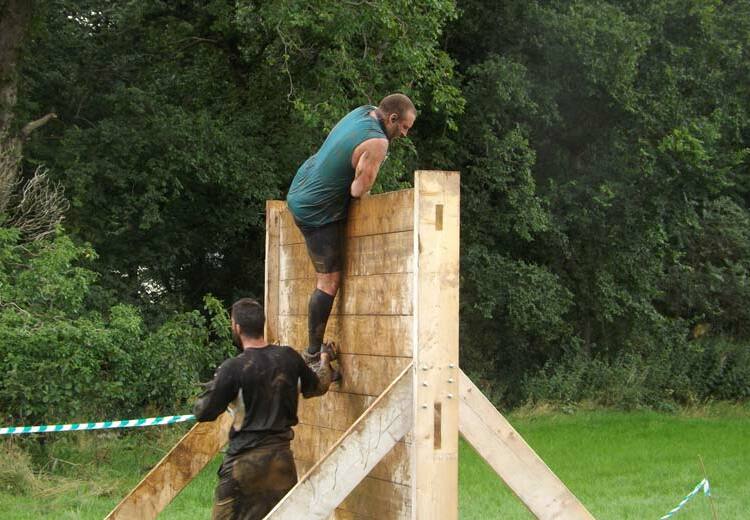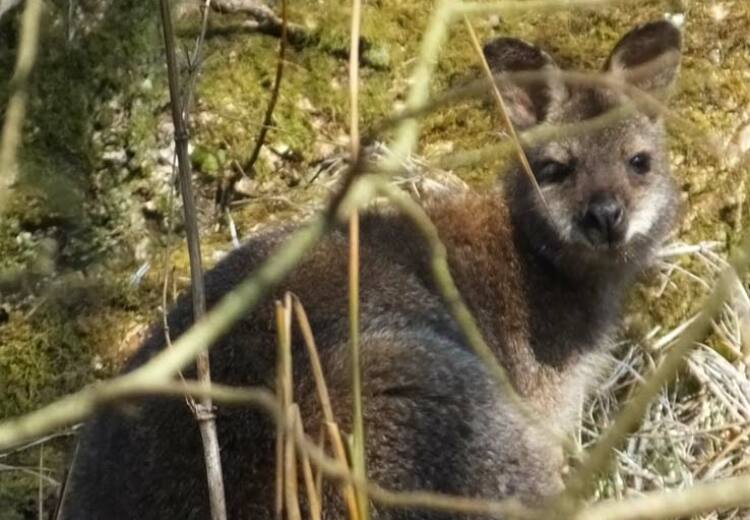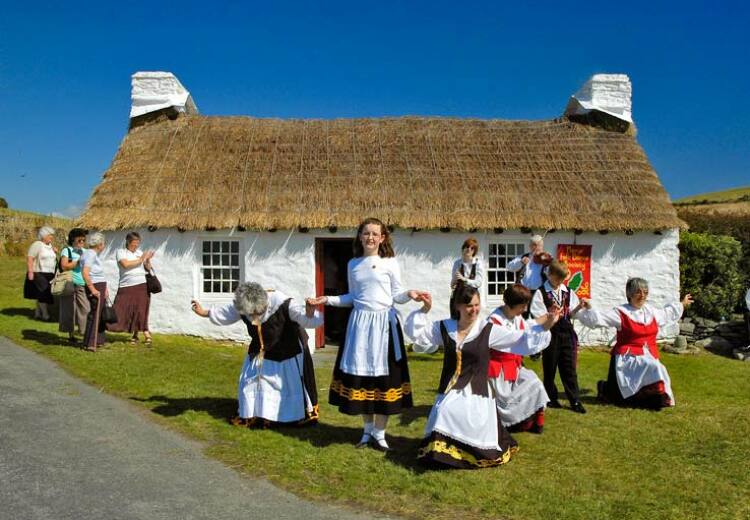3rd ANNUAL SPONSORED WALK IN AID OF RETIRED GREYHOUNDS
Sunday 7th August, Ayres Visitor Centre, Ballaghennie
What do you call a 40 mph couch potato? A retired Greyhound!
To celebrate and support the rescue and rehoming of retired Greyhounds, a third annual sponsored walk will be taking place on Sunday 7th August, starting at the Ayres Visitor Centre, Ballaghennie.
Supporters raised almost ?5000 in the previous 2 year’s walks and this year, walkers are once again warmly invited to bring well-behaved dogs (of any shape or size – not just Greyhounds!) on-lead to the event to join in the fun. The walk will be nice and flat and just over 4 miles long, going from Ballaghennie to the Point of Ayre Lighthouse and back again. For convenience, walkers may start any time between 12 noon & 2.30pm and free refreshments will be available.
As a thank you, the two walkers who collect the most sponsorship will each receive a voucher for a beautiful portrait of their pet by local fine artist, Meriel Lloyd (example shown) and there will be runner-up prizes too.
If you would like more details or wish to take part in the walk and would like a sponsor form, please contact us at:
Email: TeamGreyhound.IoM@gmail.com. Telephone (evenings and weekends only please)
Sally on 409543, Karen on 482929 or Jayne on 861262.
All proceeds from the walk will be going to Homesafe Isle of Man and the Greyhound Sanctuary, both of which work tirelessly to promote Greyhound welfare and find loving, permanent homes for these beautiful dogs when they are no longer wanted by the racing industry.
Here are a just a few reasons why Greyhounds make great pets:
• They are a pleasure to walk as they don’t pull on the lead
• They need less exercise than most other breeds of dog
• They are gentle and affectionate
• They are easily housetrained
• They are sensitive and clever and respond well to kind, reward-based training
• They live longer than most large breeds (12-14 years) and have very few health problems
• Most get along with other pets and make excellent second dogs
• Many can live harmoniously with cats and pet rabbits (subject to behavioural assessment)
• They are often used as visiting ‘therapy’ dogs in hospitals & schools due to their gentle nature.
If you would like to take part in the walk, but you don’t have a canine companion, please come along as you will still be made very welcome.
If you are unable to do the walk, you can still join us for all or part of the day to see the stalls and talk to the other dog owners. If you would like to make a donation, please contact the organisers.
At the start of the walk, there will be lots of Greyhound charity goodies on sale too (e.g. martingale collars; shopping bags; pens; notepads; dog ‘snoods’; keyrings; fridge magnets), which may be a good excuse for some early Christmas shopping. Charity items will be sold in aid of the Greyhound Sanctuary and The Blue Greyhound. There will also be an ‘instant’ tombola with great prizes.
• Useful information
The Greyhound Sanctuary www.thegreyhoundsanctuary.org
Blue Greyhound www.bluegreyhound.org.uk
Homesafe (Isle of Man) Ann Shannon Tel: 861408
• Greyhounds as therapy dogs
Dog-eared books: Children can practice their skills with retired greyhounds
Link http://news.sky.com/skynews/Home/UK-News/Greyhounds-Will-Listen-To-Shy-Children-Read-At-School-As-Part-Of-A-New-Literacy-Project/Article/200905215279762
Young pupils who are reluctant to read in front of their classmates will be encouraged to practice in front of dogs selected by the Retired Greyhound Trust. The idea, which will also help children with learning difficulties, has been welcomed by the The National Literacy Trust, the National Autistic Society and educational psychologists.
The project is aimed at children aged between four and seven at both mainstream and special needs schools. A volunteer who has worked with the Retired Greyhound Trust, for several years, said: "Many children find it a struggle to read and it really knocks their confidence if they stumble over words in front of their mates. The idea of reading to dogs is that they don’t answer back and they don’t give you a hard time if you don’t get it right first time."
Richard Mills, research director at the National Autistic Society, said dogs could help autistic children overcome social barriers. But he said that each child needed to be assessed individually and care needed to be taken to ensure children were not scared by the pets.
Judith Parke, project director at the National Literacy Trust, said: "Starting with what children love, whether that is music, football or dogs, can really help to engage children with reading. For children who don't enjoy reading or find it difficult, turning the reading experience into a relaxed and memorable opportunity to practice their skills could be a powerful tool."
• Exercise
As Greyhounds are the second fastest land mammal (after the cheetah!) people are often surprised to learn that they actually need very little exercise. However, it makes perfect sense when we consider that Greyhounds have been bred to sprint at speed over short distances. So, once a Greyhound has stretched their legs and had a two or three 20 minute walks a day, their energy is used up and they are usually very happy and content to relax on the nearest comfy bed (or sofa!) for the rest of the day. That’s why they are sometimes called ‘40mph couch potatoes!’
In contrast, Collies and Springers are bred to run and work over many miles. These working dogs have great stamina, but they can be difficult to tire out sometimes, unlike the Greyhound.
• The Greyhound racing industry
Around 10,000 greyhounds begin their 'careers' at one of the 28 licensed Greyhound Board of GB tracks within the UK every year. The vast majority (80%) of these greyhounds are bred in Ireland. The average age of a greyhound upon retirement is about 3 ? years after competing in around 50 races. Greyhounds live to approximately 14 years of age. Length of career, however, varies greatly and is often brought to an abrupt end through injury.
Sadly, the desire for only the highest performing dogs leads to massive overbreeding - 23,000 puppies were bred for the UK racing industry in 2007 alone. Many thousands of greyhound puppies never even make it to the tracks; usually because they are not fast enough or because they do not want to run. Many of these puppies are simply destroyed as they are deemed surplus to requirements.
Approximately 10,000 greyhounds retire from racing each year. Responsible owners/trainers will keep their dogs as pets or find them a home through rescue organizations. But this only accounts for some of the Greyhounds retiring. Approximately 5,000 greyhounds disappear without a trace every year. Many of these greyhounds are abandoned, euthanased or brutally killed, while some may be exported to continue racing in appalling conditions abroad, and others are used in medical research.
Ends
Friday 22nd, July 2011 09:15pm.







